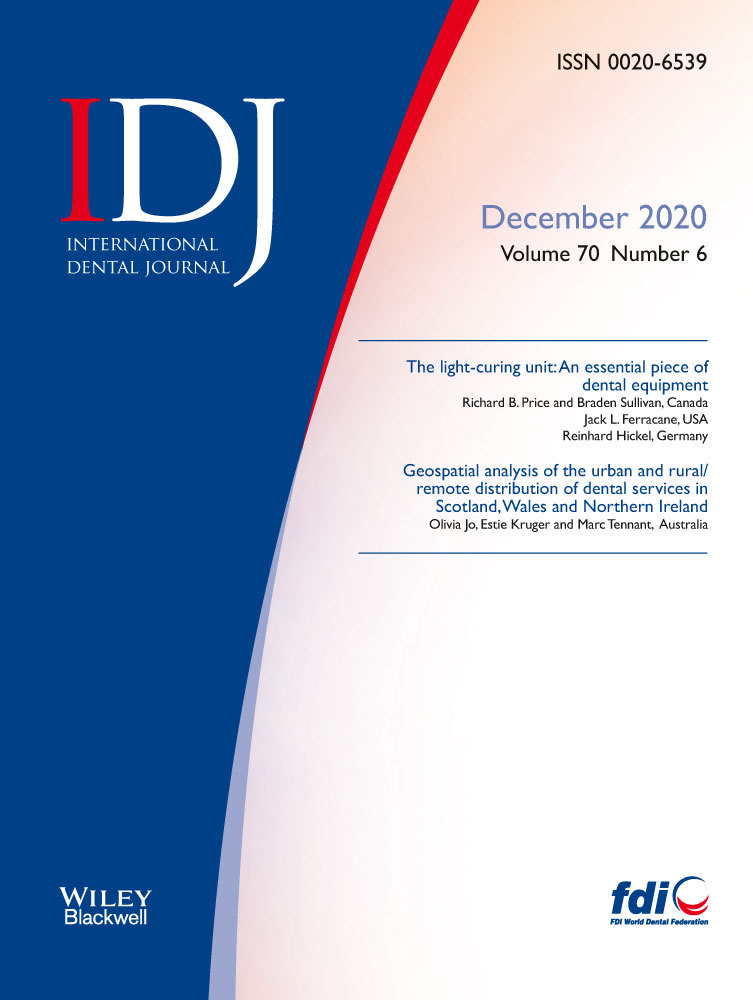Dentine hypersensitivity: Simple steps for everyday diagnosis and management
Abstract
It is generally accepted that dentine hypersensitivity is among the most common painful conditions affecting oral comfort and function. With regard to the aetiology, dentine hypersensitivity represents a symptom of presumably multi-factorial pathology consisting mainly of abfractive, abrasive, or erosive components (or a combination). Primary treatment strategies should undoubtedly aim at eliminating these pre-disposing factors, thus preventing recurrence of the condition; for ready alleviation of mild or moderate symptoms, occlusion of dentinal tubules (opened mainly by erosion) can be non-invasively achieved by using desensitising toothpastes containing strontium salts and/or highly concentrated fluoride lacquers or varnishes. A second approach is to use potassium salt formulations modulating intradental nerve excitability. In cases of pronounced severity a (semi-) invasive therapy should be preferred by blocking the dentinal tubules with bonding agents or adhesive restorative materials.




